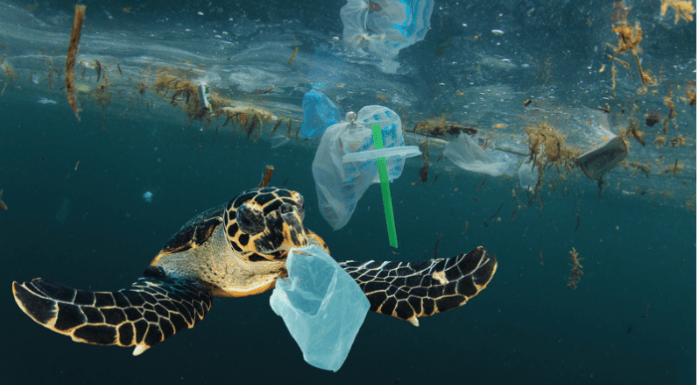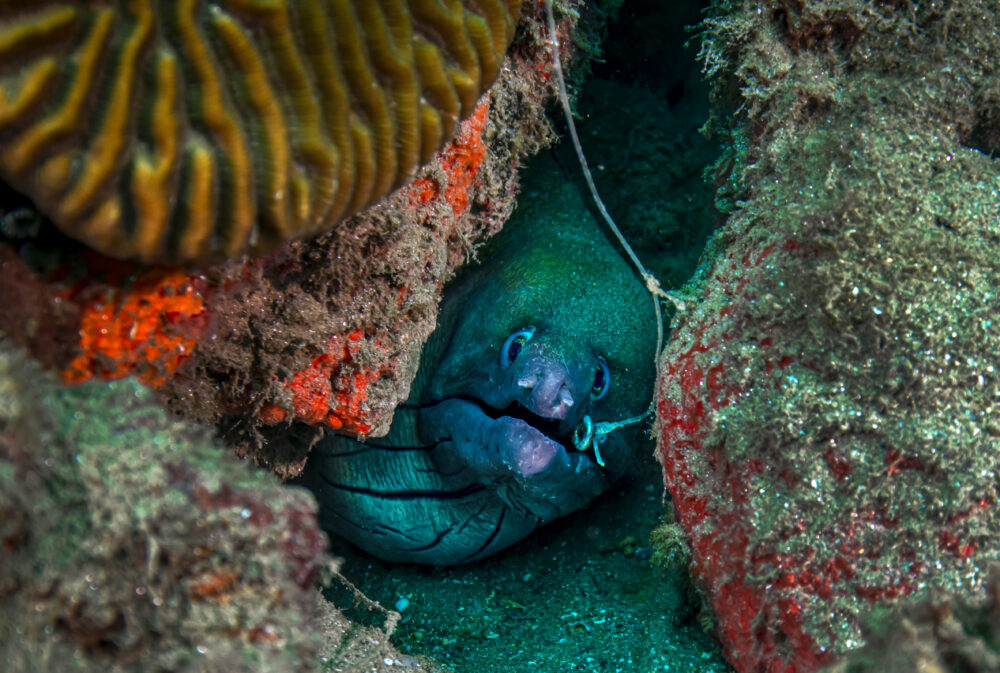We have much more to do and your continued support is needed now more than ever.
On A Journey to Reduce Waste For Wildlife

You might recall that viral video from a few years ago of a person pulling a straw from a sea turtle’s nose. If you do, you might have felt the same way I did. I felt helpless and horrified that today’s society would be so detrimental to wildlife.
However, I knew I could use those emotions to drive a more sustainable and healthy environment for myself and wildlife, so I started my journey to a zero-waste (or low-waste) lifestyle.

What is a Low-Waste or Zero-Waste Lifestyle?
A low-waste lifestyle involves auditing and minimizing waste, and reevaluating how we purchase and dispose of products. This would mean reducing plastic waste by opting for glass, paper, aluminum, or other natural material that can be infinitely recycled or composted, composting food waste instead of throwing it in the bin, and giving away or selling functional items or repairing items to last longer.
Zero-waste aims to produce zero waste at the end of the day. This means that all packaging is ultimately recycled or composted, food waste is composted, and you have no waste left to go into a trash bin.
Zero-waste is a great goal to have, however, I want to remind you that any step to decrease your waste has a positive impact on protecting our environment and wildlife.
How to Start Reducing Waste:
There are two ways to start reducing your waste. The first way is to pick a room in your home and start there. For example, you could start in your bathroom and replace your plastic toothbrush and toothpaste with a bamboo toothbrush and toothpaste tablets as the items become worn and run out. This method is more popular as it allows people to focus in on changes at a smaller and easier pace.
Alternatively, you can just choose items wherever they are in your home that can be replaced with eco-friendly options. For example, paper towels can be swapped out with good ole fashion hand towels in the bathroom and the kitchen. This method allows people to make changes as the items need to be replaced through the home, allowing for a faster swap to eco-friendly alternatives.
Ideas to Get You Started:
Here are a few easy products to swap out and reduce plastic and waste in your bathroom.
- Bamboo toothbrush
- Safety razor
- Natural loofah (made from the plant, not plastic)
- Products packaged in glass, paper, aluminum (or no packaging at all!)
- Toothpaste tablets
- Mouthwash tablets or concentrate
- Plastic-free dental floss
- Shampoo bars or concentrate; this goes for conditioner, hand soap, and body soap as well
- Reusable shower cap
- Bamboo toilet paper or bidet attachment (proirtize products not packaged in plastic)
- Reusable cotton facial pads
- Bamboo and cotton Q-tips
- For feminine care: menstrual cups or reuseable cotton pads
The kitchen is another easy place to start swapping items for reusables instead.
- Glass storage containers
- Reusable bowl covers and/or beeswax wraps
- Wooden utensils
- Reusable water bottles and to-go mugs
- Compostable trash bags, paper bags, or reuse something as a bag (such as the huge bag pet food comes in!)
- Avoid plastic dishes and drinkware
- Natural sponge (such as coconut fiber) or bamboo brush
- Reusable silicone storage bags
You may be surprised to find out that many environmental-friendly cleaning products exist!
- Glass-spray containers or reuse old plastic ones
- Cleaning concentrate or make your own
- Bamboo brushes / natural fiber sponges
- Steam mop / washable mop heads
- Plastic-free dish tablets
- Laundry washing sheets and dryer balls
- Cotton towels and wash clothes for cleaning
Things I Do To Reduce Waste:
Whenever I am grocery shopping, I prioritize items not packaged or packaged in recyclable material such as glass or paper. I also shop on a weekly schedule to ensure my food is fresh and that I am only buying what I intend to use. This helps me cut down on food waste.
Buying second-hand is a great way to not only decrease demand for new items but will also prevent items from going to a landfill and extend the life of the item. Shopping at thrift stores is an easy and cheap way to refresh your home and wardrobe without buying new while still getting great, stylish items.
If buying new is a priority, look at only buying natural fibers. When shopping for clothing or bedding, purchase items made from cotton, linen, or other natural fibers.
If you are shopping for your home, prioritize quality items that are plastic-free or have minimal plastic amounts, to ensure they last you a very long time.
When it comes to food waste, composting any leftover food is an easy way to ensure it gives nutrients back to our soil. If you have a yard, composting can be really easy and fun to do, especially if you get to use the composted soil in your own garden.
If you don’t live somewhere with a yard, an easy thing you can do is save food waste in the freezer–I did this when I lived in an apartment! Every few weeks, I would take the food waste to my local farmers market where they would use it in their compost piles. I have also seen local refill stores take compost as well.
Interested In Doing More?
Take our Plastic Eco-Score quiz to learn how eco-friendly your life is and get low-waste tips.
Dive even further into low-waste living by following experts like Kathryn Kellogg @going.zero.waste, author of 101 Ways to Go Zero Waste, and Ashlee Piper @ashleepiper, author of Give A Sh*t: Do good. Live better. Save the planet., who are among many outstanding humans trying to show the world more accessible and simple ways to decrease waste.
Want to help fight plastic pollution? Make a tax-deductible donation today to support our work to keep our environment clean, plastic-free, and wildlife thriving.
DONATE TO STOP PLASTIC POLLUTION!





















